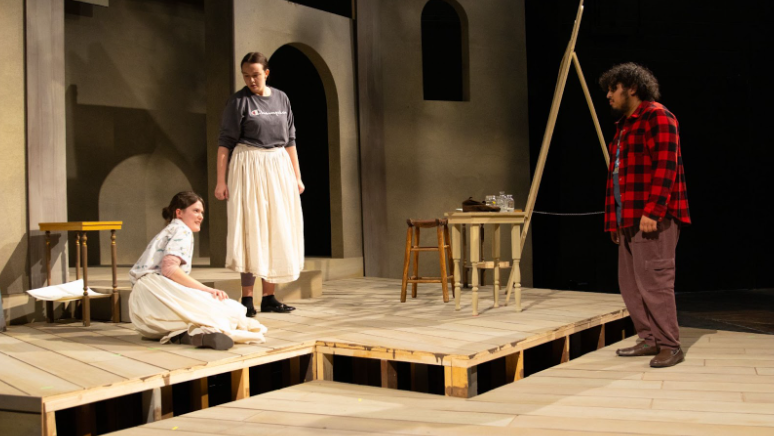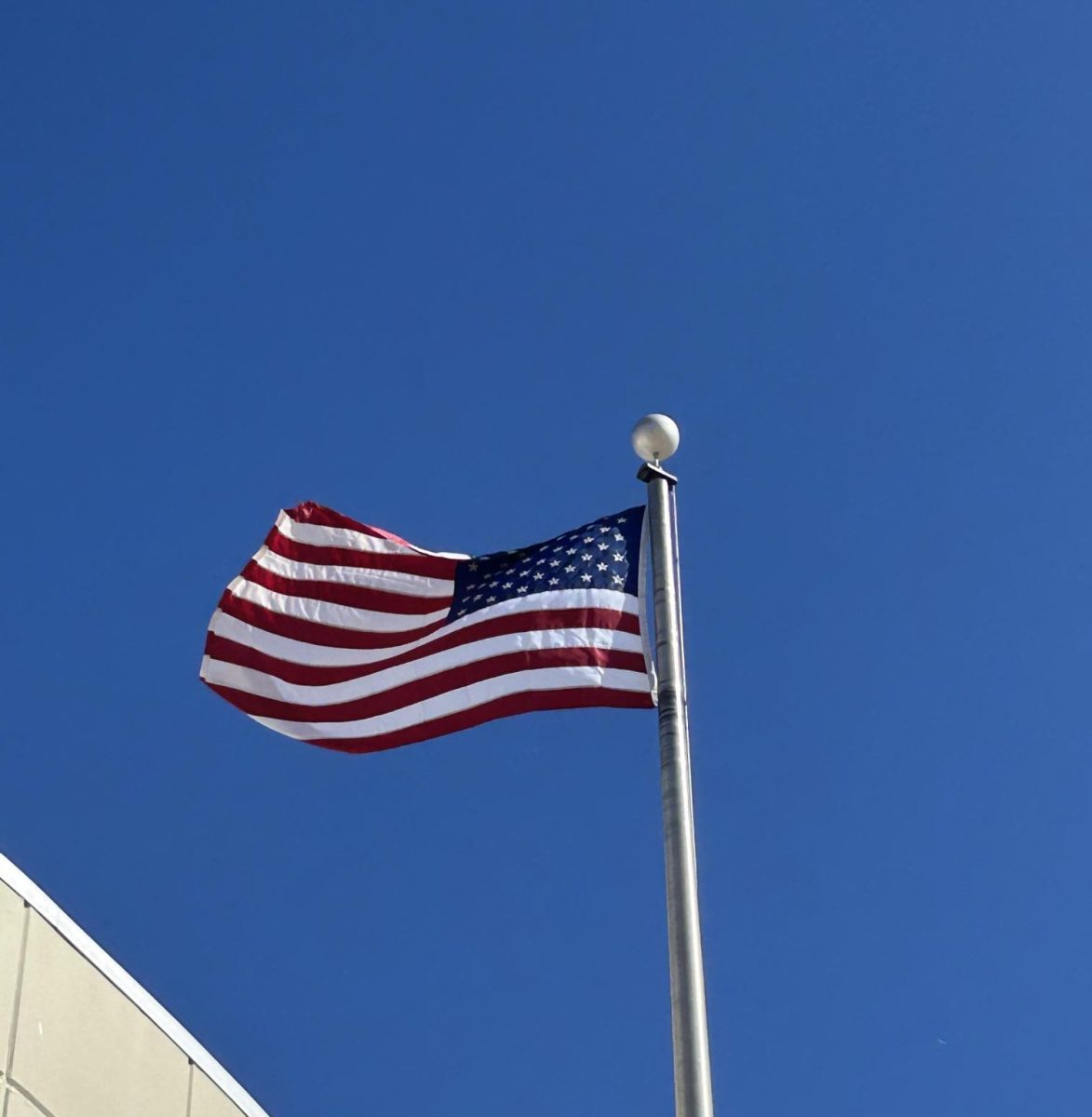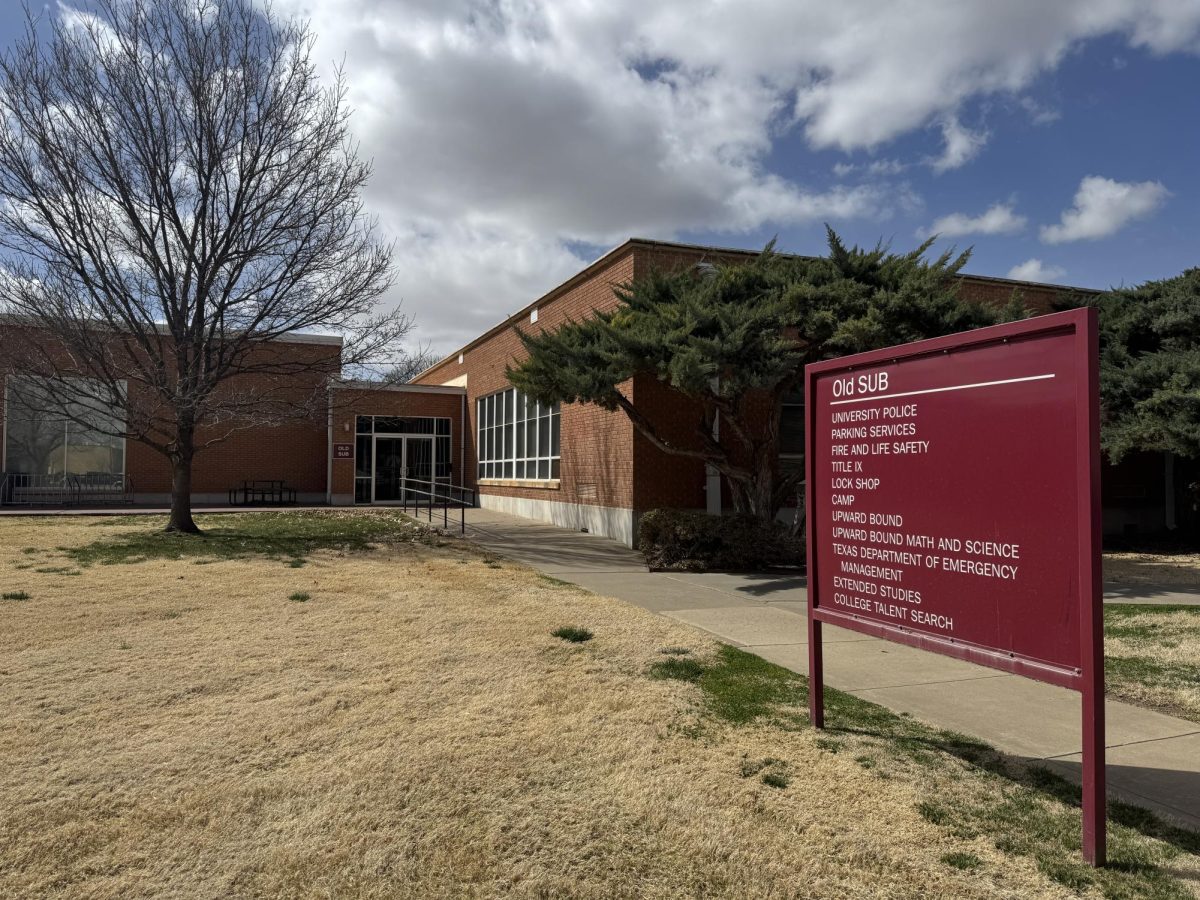Libya’s former leader, Muammar Gaddafi, was killed on Oct. 20.
According to Reuters, National Transitional Council fighters captured the leader’s hometown of Sirte, where there had been fighting for several weeks. Gaddafi succumbed to wounds he sustained in the legs and head, Abdel Majid, an NTC official, said to Al Jazeera. The leader was attempting to flee a convoy that was being attacked by NATO warplanes.
News of Gaddafi’s death spread quickly via cellphone video, which showed rebel fighters dragging the blood-soaked dictator into the streets. There were initially conflicting reports of his death and the fate of his sons.
“I’m skeptical that he’s dead,” Lauri Clark, a senior Geology and Environmental Science major, said.
Gaddafi’s son, Mo’tassim, was also killed. According to the Dallas Morning News, NTC forces captured Saif al-Islam, another one of Gaddafi’s sons.
“This is bringing a form of closure,” said Al Jazeera’s Tony Birtley. “Gaddafi stayed true to his words, that he would stay in Libya to the end.”
The conflict began eight months ago when Libyans began protesting against Gaddafi’s regime. The protests were inspired by the Arab Spring movements, which overthrew the leaders of Tunisia and Egypt. The peaceful protests quickly escalated into violence when Gaddafi used military force to stop protestors.
“I thought that the conflict was going to hold out for a while [longer],” Ciro Baldiviezo, a senior Business Management major, said. “I feel good for the people who live [in Libya]. They fought for it.”
The capital city of Tripoli fell to rebel forces in August. Soon after, the United Nations and the African Union recognized the NTC as Libya’s official governing body.
Libyans took to the streets to celebrate once they heard of Gaddafi’s death.
“Chaos is probably erupting right now,” said Filiberto Alvarado Jr., a sophomore Broadcasting major.







